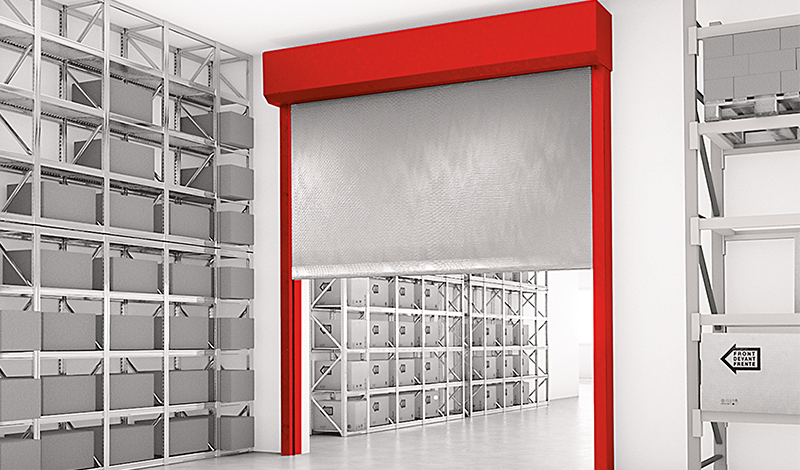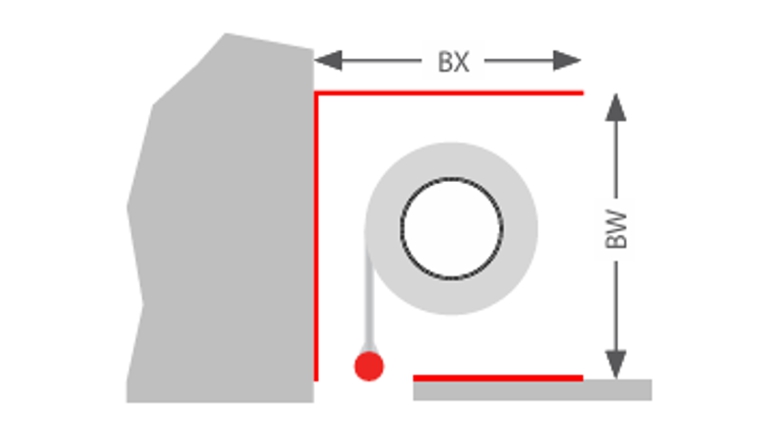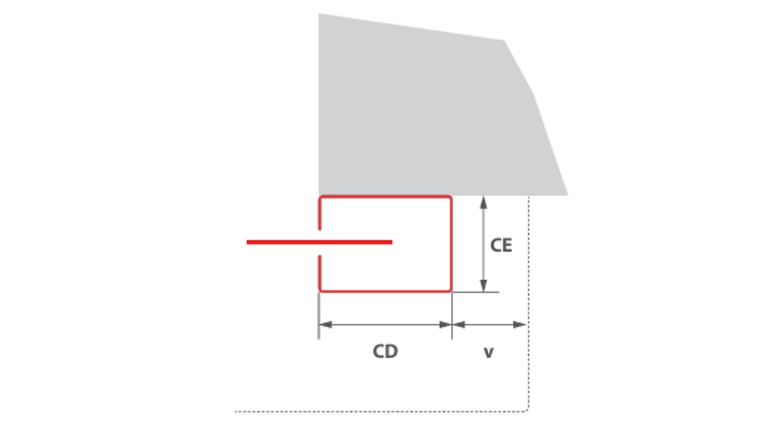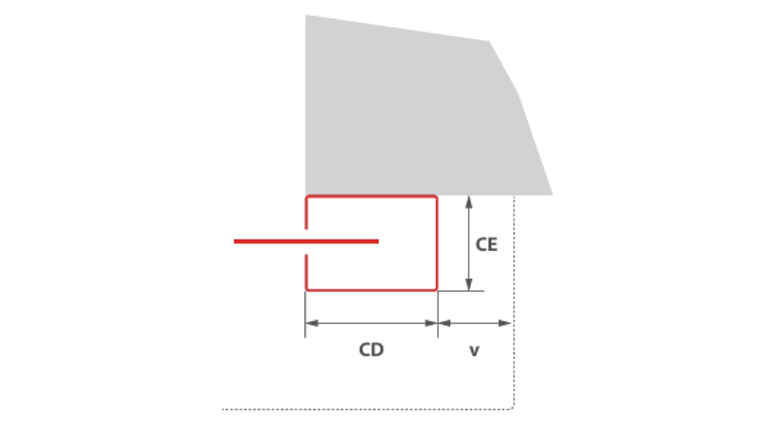Système: FIBERSHIELD® | Série: FIBERSHIELD®-I
| Conception | Fermeture de protection contre le feu thermiquement isolante de construction textile |
| Preuve | Marquage CE selon EN 16034:2014 en conjonction avec EN 13241:2003+A2:2016 |
| Sens de fermeture | De haut en bas |
| Résistance au feu | EI1 30 – EI2 120 | testé selon la norme EN 1634-1:2014-03 | classé selon la norme EN 13501-2:2016 |
| Protection contre la fumée | Sa: pour une longueur de joint de 14,5 m pour EI1 30 – EI2 120 | testé selon EN 1634-3:2005-01 en combinaison avec EN 1363-1:2012-10 | classé selon EN 13501-2:2016 |
| Cycles de fermeture | C0, C1, C2 | testé selon la norme EN 12605:2000-08 | classé selon la norme EN 13501-2:2016 |
| Comportement au feu du textile | B-s1, d0; E-d2 | testé selon ISO 11925-2 et EN 13823 | classé selon EN 13501-1:2018 |
| Conditions environnementales | Ne sont pas prises en compte les conditions environnementales particulières (par ex. humidité de l'air > 80%, température ambiante < 5°C et > 45°C, charges de vent, etc.) |
| Surfaces visibles | galvanisé | RAL, lisse, satiné, teinte standard | acier inoxydable type I V2A matériau A-1.4301 (brut) | acier inoxydable type II V2A matériau A-1.4301, K240 (poli) | respectivement pour les surfaces visibles du boîtier et des rails de guidage |
Dimensions et structure du système
La combinaison de classifications ou le rapport entre la largeur intérieure du système et la hauteur intérieure du système peuvent réduire les dimensions maximales mentionnées et les dimensions du boîtier et des rails de guidage peuvent varier. Les indications figurant sur l'offre font foi.
| Classe de résistance au feu/ Classifications | Taille** [y x r] en mm | Tissu | Epaisseur de paroi* en mm | Boîtier | Rail de guidage [a(+c) x b] |
| EI1 30/EI2 30 | 7315 x 3800 | Stratex 3 | 150 | Typ A | Typ 1 ou Typ 3*** |
| EI1 30/EI2 30 | 7315 x 4950 | Stratex 3 | 150 | Typ B | Typ 1 ou Typ 3*** |
| EI1 60 | 6600 x 4840 | Stratex 12 | 150 | Typ B | Typ 2 |
| EI2 60 | 4400 x 3400 | Stratex 6 | 150 | Typ A | Typ 1 ou Typ 3*** |
| EI2 60 | 4400 x 4400 | Stratex 6 | 150 | Typ B | Typ 1 ou Typ 3*** |
| EI2 60 | 6600 x 4840 | Stratex 9 | 150 | Typ B | Typ 1 |
| EI1 90 | 6000 x 4400 | Stratex 12 | 150 | Typ B | Typ 2 |
| EI2 90 | 6000 x 4400 | Stratex 9 | 150 | Typ B | Typ 1 |
| EI2 120 | 6000 x 4840 | Stratex 12 | 175 | Typ B | Typ 2 |
| Sa | Sa = la longueur des joints ne doit pas dépasser 14,5 m (normatif : 3 côtés sans baguette de finition) | ||||
| C | 7315 x 4950 | Stratex 3, EI1 30/EI2 30 | |||
| C1 | 4400 x 4400 | Stratex 6, EI1 60 | |||
| 6000 x 4400 | Stratex 9, EI2 60 | ||||
| 6000 x 4400 | Stratex 9, EI2 90 | ||||
| C2 | 6600 x 4840 | Stratex 3, EI1 30/EI230 | |||
| 6600 x 4400 | Stratex 12, EI1 60/EI260 | ||||
| 6600 x 4400 | Stratex 12, EI1 90 |
La situation de montage doit correspondre aux exigences légales de construction du pays de montage. La résistance au feu d'une construction porteuse de plafond ou de mur et des éléments de construction adjacents doit correspondre au moins à celle de la fermeture coupe-feu et/ou pare-fumée/rideau coupe-feu et/ou pare-fumée. La preuve de la stabilité et de l'aptitude au service des parois et éléments de construction adjacents doit être apportée dans les conditions ambiantes générales et en cas d'incendie. Voir également les indications relatives à la structure porteuse normalisée dans la norme EN1366-7:2004 ou EN1363-1:2020. Le système de protection incendie ne doit pas non plus être soumis à une charge supplémentaire en cas d'incendie, hormis son propre poids.
* Différences de dimensions sur demande
** types de parois testées selon les instructions de montage
*** Rails de guidage type 3 dimensions maximales 3000 x 2870 mm et aucune fonction permanente C1 & C2







